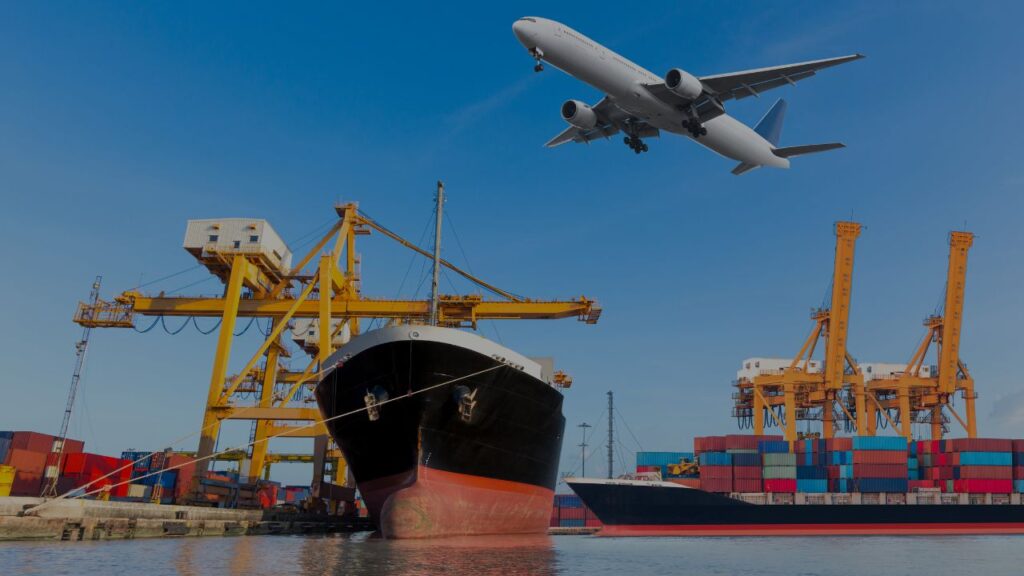International shipping is a process that can be quite difficult to navigate. One of the biggest challenges importers face is knowing when to use air or sea freight.
While the differences between both methods are obvious, they both have advantages and disadvantages, which makes it difficult to know when to use either option.
This article would be your effective guide on air freight vs. sea freight, explaining all you need to know about both shipping modes and the right times to use them. Let’s dive in.
Air freight Shipping process-Step by Step.
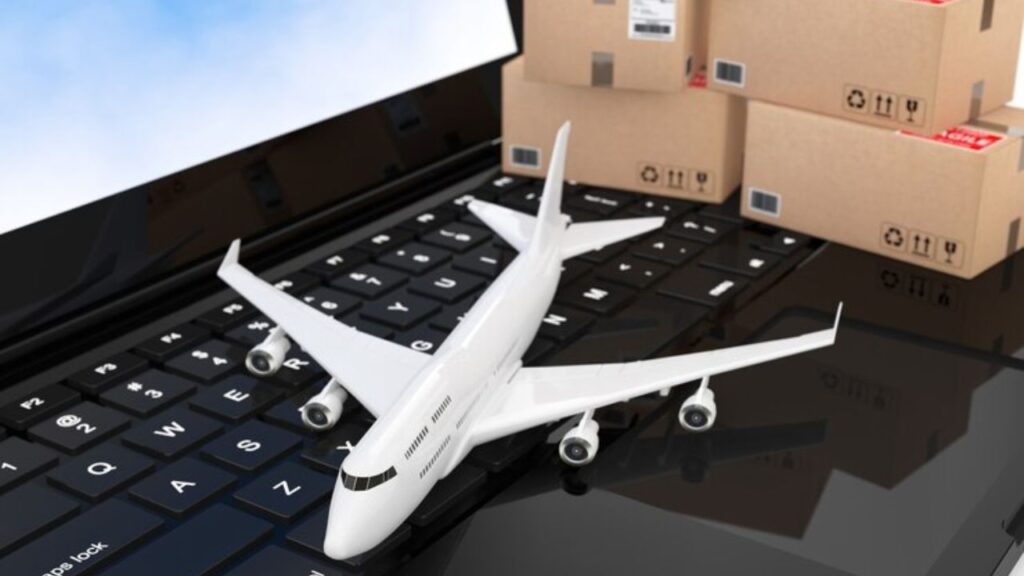
Chargeable weight calculation and quotation
Chargeable weight can be calculated using either volumetric or gross weight-based calculations. To generate the most revenue, air freight carriers compute their fees both ways and select the heavier weight as the chargeable weight.
Freight forwarder Booking space
After calculating the chargeable weight, contact your freight forwarder about the size and nature of your shipment, so he can help book space on an air carrier.
Pickup and documents prepare
The freight forwarder helps to pick up the goods and transports them to their warehouse in preparation for shipping. They also collect the necessary documentation, like the commercial invoice and certificate of origin. Then the goods are repackaged in preparation for shipping.
Export Customs clearance
This involves all the customary checks and inspections the package undergoes at the airport before it is accepted for shipping. According to the international air transport association, customs clearance is a must.
Buy cargo insurance
Cargo insurance is advisable for high-value items like phones and electronics. Your freight forwarders can help you get excellent premiums for your products. Contact DFH to handle your cargo insurance.
Freight forwarder Issues Airway bill.
QC inspections are frequently performed on cargo by the freight forwarder to make sure the shipment is properly packaged and prepared for shipping. If it passes quality control (QC), the shipper applies the proper labeling and sends the importer an air waybill (AWB).
Loading airplane and International air freight.
The cargo is ready for air shipping after verifying that both parties have signed the AWB
After customs has approved the shipment, airport staff loads it into the appropriate transportation aircraft. Then the aircraft takes off from the origin airport and flies to the destination airport.
Unloading at the destination airport.
Upon arrival, the goods are unloaded off the plane and sent to customs for customs clearance processes.
Import customs clearance
The shipment goes through all necessary inspections and verifications for the destination country. This process proceeds more quickly when the rules of the countries of origin and destination are similar.
Pay import taxes
All necessary taxes and customs costs are paid at the destination airport so you can get access to your goods.
Final destination delivery.
Once customs in the destination nation have cleared the shipping cargo, the freight forwarder completes the delivery and sends it to you via land, usually by rail or road.
Ocean freight shipping process.

The ocean freight process is very similar to air shipping explained above. The major differences in the processes are:
All ocean freight is subject to the incoterm the supplier and importer agree upon. Incoterms are the trade agreements and legal responsibilities a buyer and seller must agree to during sea freight shipping.
The commercial invoice (which specifies the cargo value), the bill of lading (which confirms the payload is prepared for shipment and is issued by the carrier), and the packing list (which specifies the type and quantity of goods) are the three types of paperwork that a buyer must complete in sea freight.
The same procedures as air shipping (including customs clearance) are followed for cargo handling, hauling, and shipping, except that they occur at seaports rather than airports.
Air freight vs. sea freight Costs

Air freight shipping is more expensive than sea freight shipping because it is a quicker shipping service. Visit DFH to get live Quotes from our experienced logistics providers. Give us the type and size of your goods, and we’ll help you compare shipping costs via air freight vs. sea freight.
Once you are more familiar with the price differences, you can consider other factors in this article to determine the most favorable mode for your shipping.
Air freight vs. Sea freight advantages

To effectively choose between air and sea freight, we need to weigh the advantages and disadvantages of both methods.
Advantages of Air Freight
Speedy delivery times.
Reliable and trusted shipping service.
Excellent for urgent shipments and time-sensitive goods.
It often includes good shipping insurance premiums.
Advantages of Sea Freight
Sea freight costs very cheap and is cost-effective for bulk cargo.
Sea freight containers can carry heavier cargo and transport much more types of goods.
Import duties and VAT are cheaper.
A more environmentally friendly mode of shipping with a better carbon footprint.
Air freight vs. sea freight disadvantages

Disadvantages of Air Freight
It is a more expensive shipping method than sea freight.
Planes cannot carry heavy cargo like sea freight containers
It is not viable for goods with a charge weight > 500kg because it is more expensive.
Air freight cannot deliver goods in bad weather conditions.
Has more expensive import duties and VAT.
Disadvantages of Sea Freight
It takes way longer than air cargo to deliver goods.
It is not as reliable as air shipping.
It is not a viable option for urgent or time-sensitive shipments.
Prohibited items for air freight
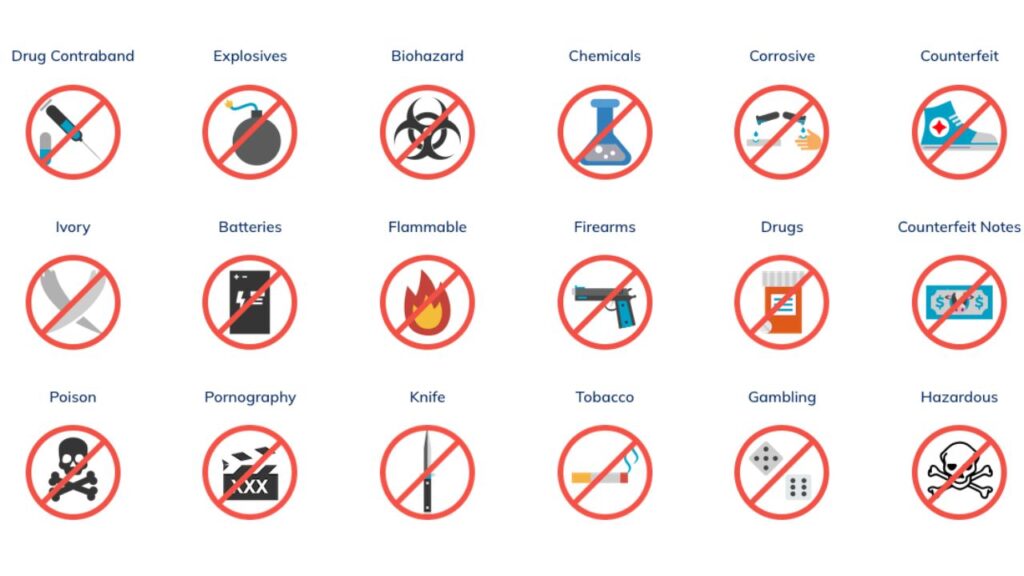
Many items are not permitted to be shipped with air freight. These prohibited goods vary from country to country. Some of them include the following:
gases
Flammable materials
Corrosive and toxic items like batteries
Magnetic substances like speakers
Biochemical products
Live animals etc.
Always discuss the type of goods with your freight forwarder before shipping so they can advise if it’s possible with air shipping.
Air freight vs. sea freight shipping time
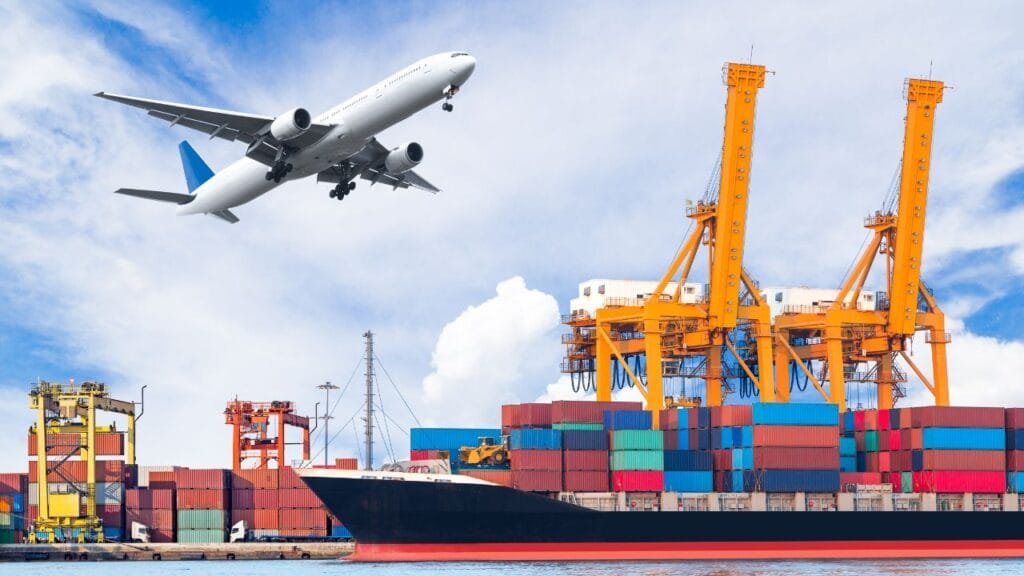
Generally, sea freight is the slower method of shipping goods, usually taking weeks before delivery. As a result, importers without enough goods to order FCL container loads opt for air freight rather than LCL shipping because they would get their goods much faster.
However, recently, there has been the introduction of a much faster sea freight transport called Expedited LCL. These LCL services are less expensive and can rival air freight for speed, offering guaranteed delivery dates.
While an average air freight shipment takes about 5-7 days, some LCL shipments can be delivered in about 9-11 days from China to Asia countries and 20-22days door to door from China to the USA by LCL shipments.
Having said this, air freight is still the best option for high-value, time-sensitive products with short shelf life. Sea freight should be used for the cargo you’re comfortably sparing a couple of weeks before their arrival.
The carbon footprint for Air freight vs. sea freight
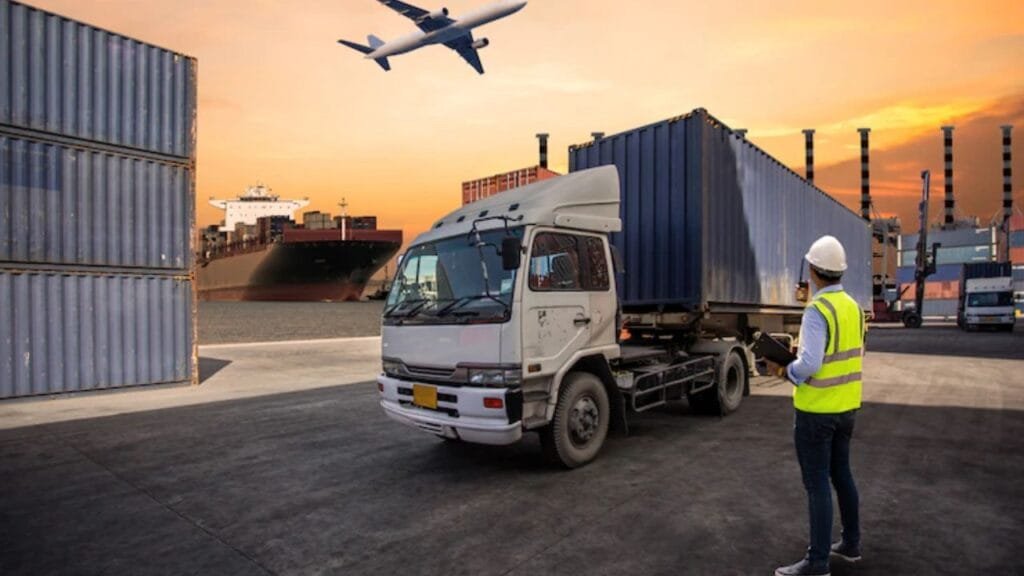
In recent years, more and more people, governments, and international organizations have been taking accountability for their environmental impact. As a result, small businesses and importers should also consider greener shipping methods to reduce the negative carbon impact on the environment.
Airfreight leaves a far bigger carbon footprint on the environment than sea freight. Air freight may have as much as 44 times more CO2 emissions than sea freight when carrying the same cargo over the same distance. Therefore, sea freight is more environmentally friendly than air freight.
Air freight vs. sea freight, how do I choose?
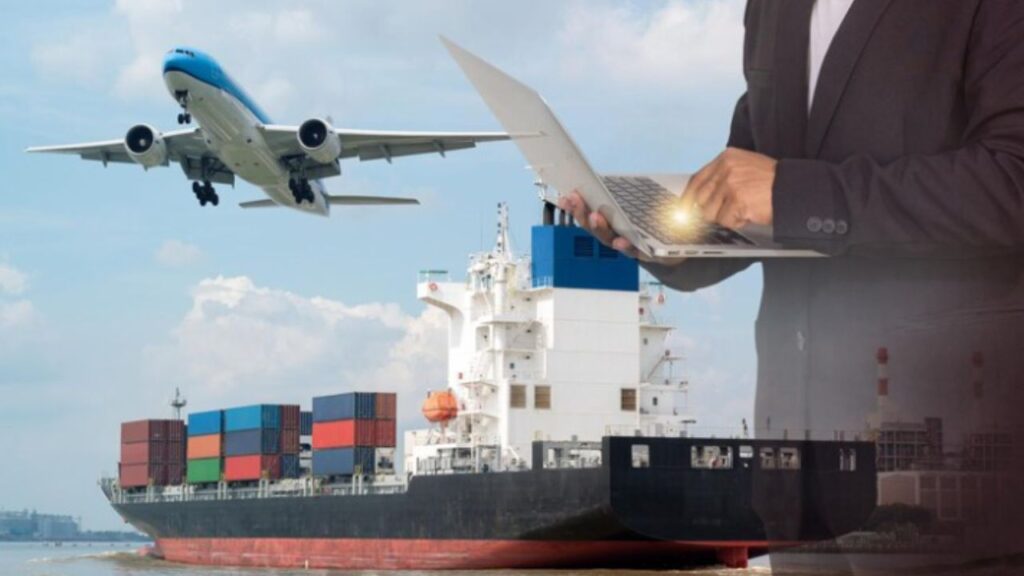
Having seen the benefits and drawbacks of both shipping methods, how do you know which to choose? Here are the primary things to consider before choosing between air and ocean freight.
Costs of Shipping
If you’re looking to save shipping costs, sea freight provides the best rates for shipping goods. However, freight costs also depend on the weight of goods. Express shipping is the best option if your goods are less than 50kg, and air freight is most suitable if your goods are>50kg < 500kg. Sea freight is the best choice for goods greater than 500kg.
Speed of Delivery.
The fastest way to ship goods is by air freight, and air cargo typically takes five to ten days to arrive at its destination. Sea freight, however, may take 10-20days to some Asia countries and more than a month to deliver goods and may be delayed by bad weather and port congestion. Therefore, if the speed of delivery and guaranteed delivery dates is your biggest consideration, go with air freight.
Safety of Cargo
Both sea and air freight are very safe modes of shipping. According to shipping data, over 99.95% of cargo ships and airliners reached their destination in 2021. With constant improvements to ships and airliners, both methods become safer each year. However, goods move around in a container ship more than in the cargo hold of a plane. Therefore, there might be some product damage to goods if they are not properly packed.
CO2 emissions and sustainability
Ocean freight produces very few greenhouse gases and CO2 emissions compared to air freight. If you’re considering going green to save the planet, use ocean carriers- it is the most environmentally friendly shipping mode.
Shipping dangerous goods.
Certain goods are considered hazardous materials to be shipped by air freight, e.g., batteries and magnets. If you have bulk shipments of such goods, it is best to use ocean freight, as using air freight would mean shipping the goods in smaller quantities.
FAQs about Air freight Vs. sea freight
Is Ocean freight cheaper than air freight?
Yes, ocean freight is typically cheaper than air freight. However, it might be more cost-effective to use air freight for goods weighing less than 500kg.
What is the difference between air and sea freight?
Air freight transports goods with the use of airplanes and airliners, while ocean freight transports goods with the use of cargo ships.
How much more expensive is air freight than sea freight?
Air freight is generally more expensive than sea freight, but the price variations vary depending on size and other factors. Contact us to get a quote for your shipment.
Which is better for you to send goods by air or by sea?
Many factors need to consider when choosing air freight or Sea. Please read our article guide above to make a more informed decision.
Why is sea freight better than air freight?
Sea freight has the advantage of lower shipping costs, the ability to ship heavy cargo, and environment friendliness over air freight.
Conclusion
Do you Still confused about what shipping method to use? Contact us today. Let DFH make the shipping quotation offer for your reference to help make the right decision and handle your shipping logistics for you from start to finish.

